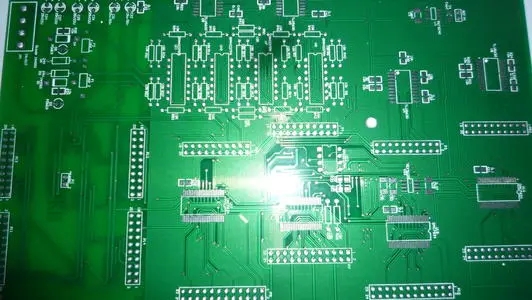Grounding method in PCB design
Grounding method

Low-impedance ground reduces radiation and enhances the ability to resist radiation. Large-area ground can also play a shielding role.
There are usually the following four ground connection methods:
Series connection
Parallel connection
Star connection
Multipoint connection
The series connection creates a so-called common impedance path, and when one device is working on this path, the current flowing through it will affect the other device. Not recommended.
Connected in parallel, each device does not have a common path, so the operation of each device is not affected by each other, but this method is more difficult to design, and the cost is higher.
Star connection has a common impedance path in front, so it also has a common path effect. It is generally used in high-speed circuits and fast device solutions with stricter time requirements.
Multi-point connection provides a unified ground plane, and all ground pins are connected to this ground plane.
In PCB design, multi-point connection is preferred, and then connected in parallel, and finally there is no way to connect in series.
When there are analog and digital parts inside the integrated circuit, in order to avoid the coupling of digital signal noise into the analog signal, the analog ground and digital ground are usually separated inside the chip. So the pins AGND and DGND of the chip only represent their connections inside the chip, and it is not necessary to separate them outside the chip. What we have to do is to minimize the interference of the digital logic ground current to the low-level analog circuit.
It is generally recommended that the AGND and DGND pins be connected to the same low-impedance ground plane externally, and the lead should be as short as possible. Any additional impedance of DGND will introduce more digital noise into the analog circuit through stray capacitance. And this same ground plane is required to be an analog ground plane.
Of course, the best way is to not divide the ground plane, use a complete ground for both the analog ground and the digital ground, divide the PCB into an analog part and a digital part, and solve the analog-digital interference problem through proper routing rules.
The above is an introduction to the grounding method in PCB design. Ipcb is also provided to PCB manufacturers and PCB manufacturing technology.